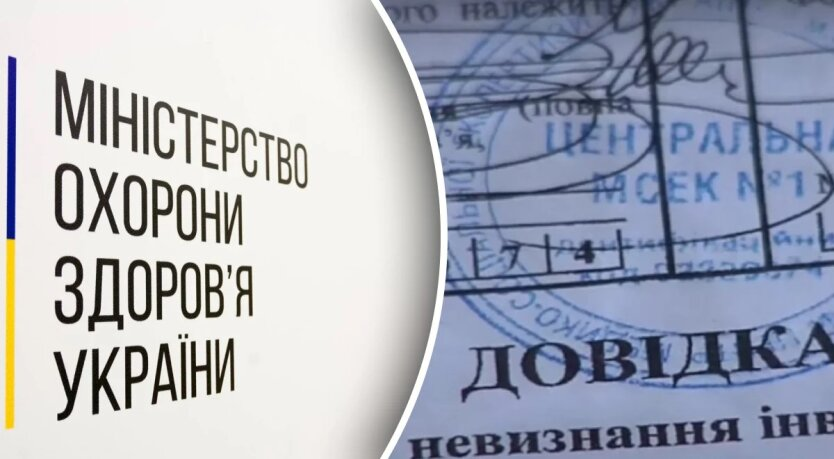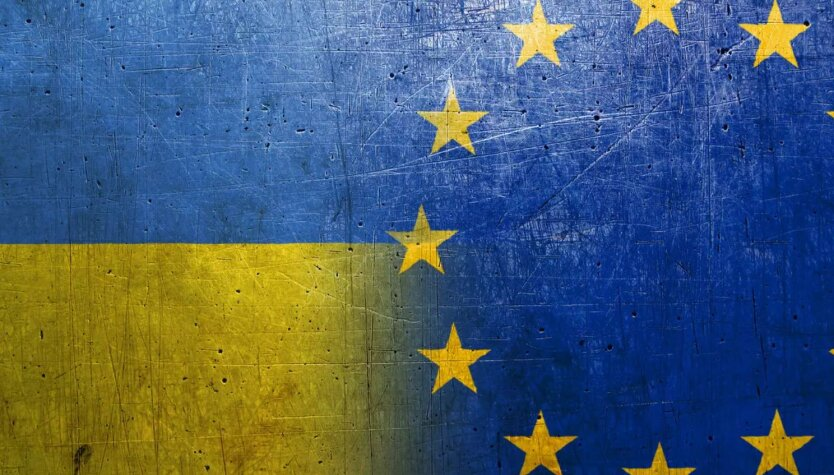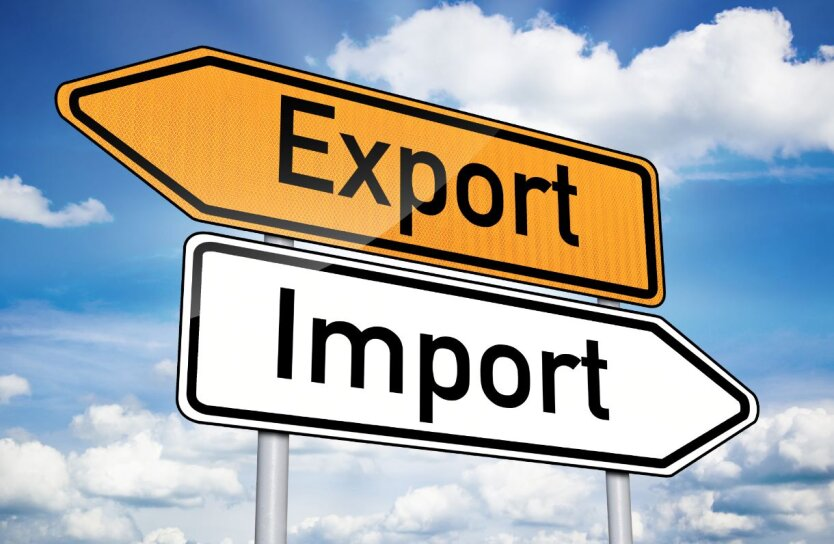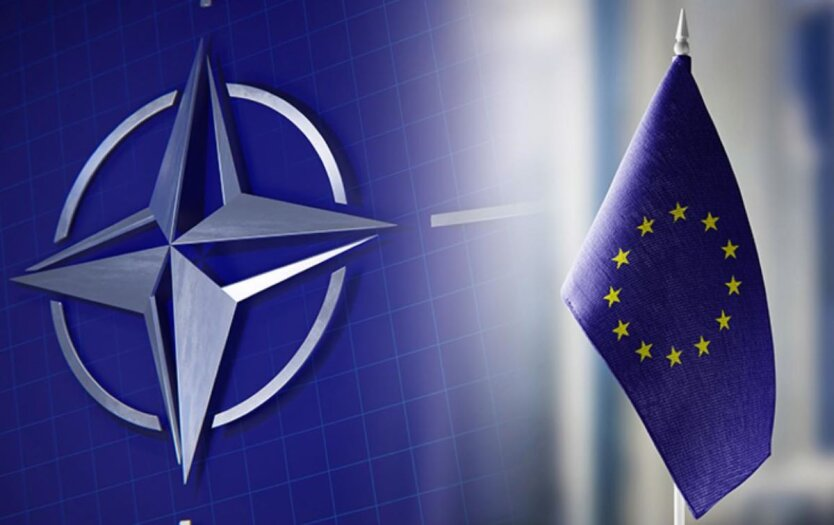Currency Liberalization: Companies Created Additional Demand for Dollars.

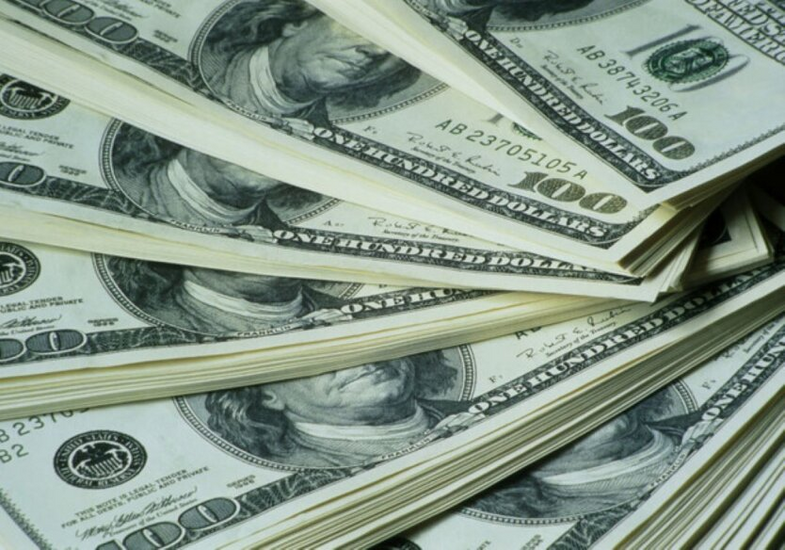
As a result of the large package of currency liberalization in May, the additional demand for currency amounted to $322.6 million, according to information from Forbes Ukraine and the National Bank of Ukraine.
At the beginning of May, the NBU announced the largest easing of currency restrictions during the war period. During the implementation of liberalization, the regulator assumed that the potential impact of service imports would amount to $100 million per month.
In two months of currency liberalization, 173 companies were able to regulate the interest on “old” external loans, while 167 companies used the opportunity to repatriate “new” dividends, according to the NBU press service.
During the period from May 4 to July 10, companies on average transferred abroad $2.6 million for loan payments and $4.6 million for dividend payments (from May 13, 2024, to July 10).
Thus, in approximately two months, companies created an additional demand for currency in the amount of $322.6 million.
At the initial stages, any measures of currency liberalization generate demand for currency, but only in the long run lead to an influx of investments, when businesses and foreign investors are convinced of the effectiveness of the new rules, according to the NBU response.
Thus, the National Bank currently does not plan to strengthen currency restrictions, despite the impact of these measures.
“The latest steps to ease currency restrictions expectedly led to a certain increase in demand for foreign currency, which was accompanied by a temporary decrease in the supply of currency from farmers and affected the weakening of the hryvnia exchange rate at the end of June - beginning of July. However, this was not a decisive factor in the currency market,” it is commented.
In the event of a full-scale war, the National Bank of Ukraine will introduce strict currency restrictions to avoid the export of currency, preserve gold and foreign exchange reserves, and avoid large-scale devaluation of the hryvnia. However, later on, the regulator began to gradually ease currency restrictions.
Read also
- Export of Agricultural Products: Which Asian Countries Buy the Most Ukrainian Grain
- A total review of the disability of officials has been launched in Ukraine
- Naftogaz launches a well at a new field
- Europe must ensure that Ukraine has leverage in future negotiations — media
- The Ministry of Economy has provided a forecast for Ukrainian exports in 2025
- U.S. Aid Shortcomings: Can Europe Defend Itself - Media


